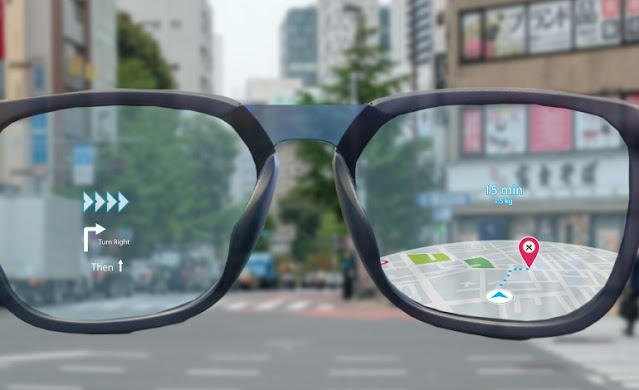The Internet of Senses: The Next Generation of the Internet of Things
The Internet of Things (IoT) has already had a major impact on our lives. We now use IoT devices to control our homes, track our fitness, and even order food. But what comes next?
Some experts believe that the next generation of the IoT will be the Internet of Senses (IoS). The IoS will use a variety of sensors to collect data about our physical environment and our own bodies, and then use that data to create immersive and interactive experiences.
# Uses the IoS to:
- See the world in augmented reality, with digital information overlaid on top of the real world.
- Hear sounds that are not audible to the human ear, such as the heartbeat of a fetus or the sound of an earthquake.
- Feel the texture of a virtual object, or the weight of a virtual animal.
- Smell the flowers in a virtual garden, or the food in a virtual restaurant.
The IoS is still in its early stages of development, but it has the potential to change the way we live, work, and play.
# Potential benefits of the IoS:
- Improved communication: The IoS could make it easier for us to communicate with each other, regardless of our physical location. For example, we could use the IoS to have a virtual meeting with someone on the other side of the world, or to collaborate on a project with someone in a different city.
- Enhanced education: The IoS could make it easier for us to learn new things. For example, we could use the IoS to take a virtual field trip to a museum, or to learn about a foreign language by interacting with a virtual tutor.
- Improved healthcare: The IoS could be used to improve healthcare by providing doctors with more information about their patients. For example, doctors could use the IoS to monitor patients' vital signs remotely, or to track their progress in rehabilitation.
- Increased productivity: The IoS could help us to be more productive at work by providing us with access to information and resources that we need. For example, we could use the IoS to get real-time updates on our projects, or to collaborate with colleagues on a shared document.
Of course, there are also some potential risks associated with the IoS. For example, the IoS could be used to collect data about us without our knowledge or consent. This data could then be used to track our movements, monitor our habits, or even influence our thoughts and behavior.
It is important to be aware of the potential risks of the IoS before we embrace it. However, if we are careful about how we use it, the IoS has the potential to make our lives better in many ways.

Comments
Post a Comment